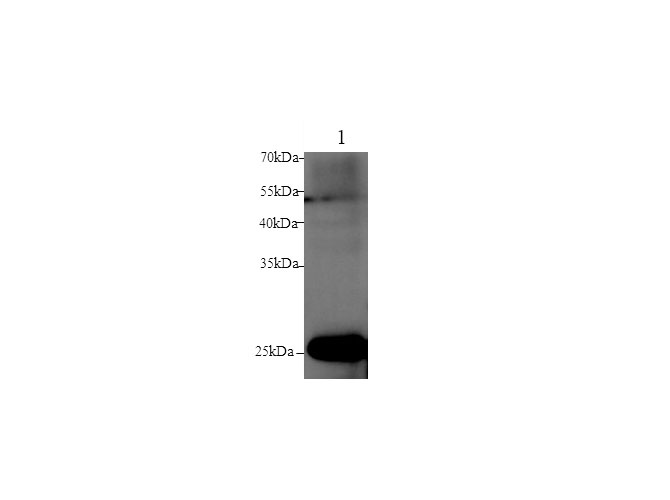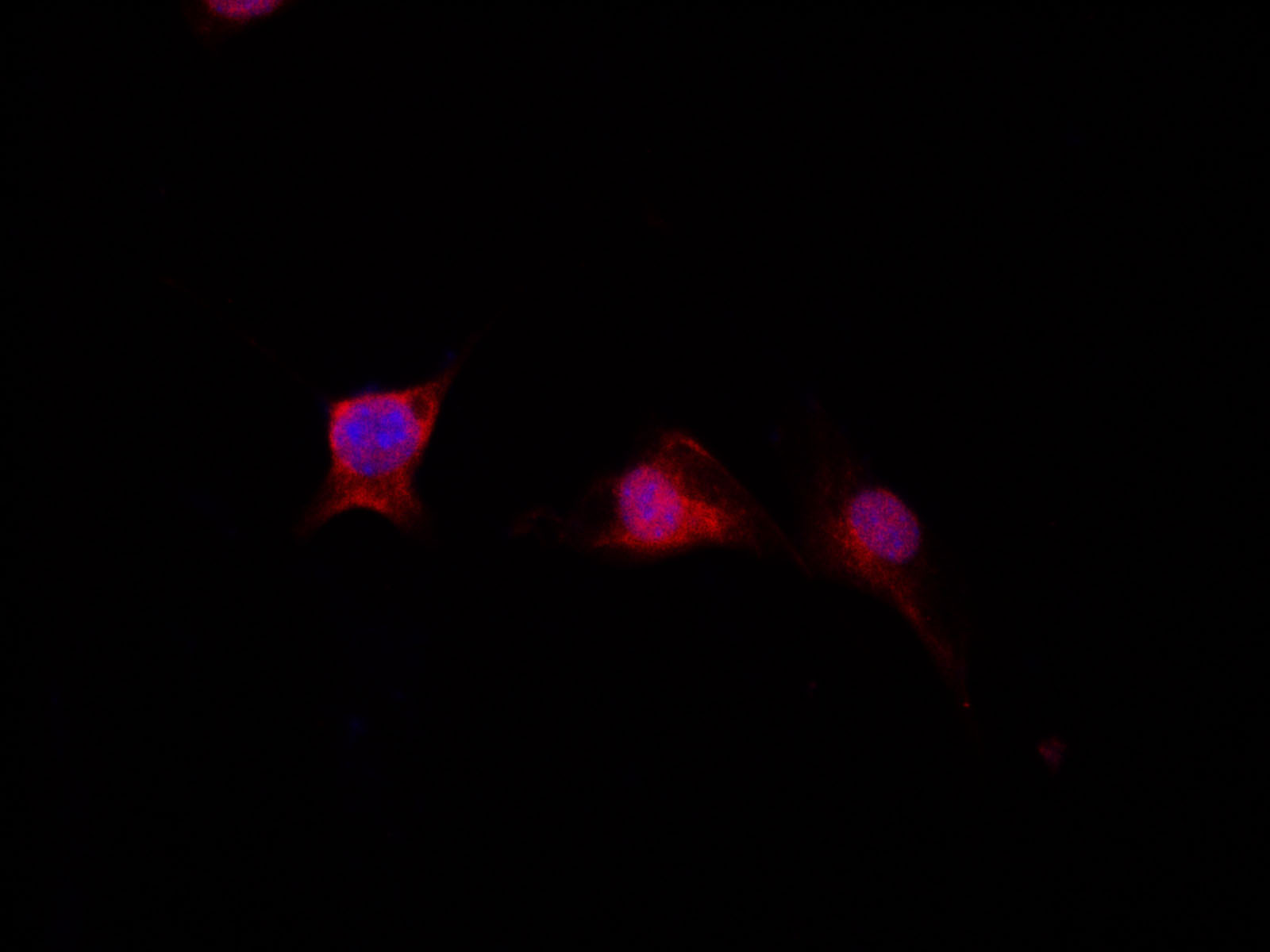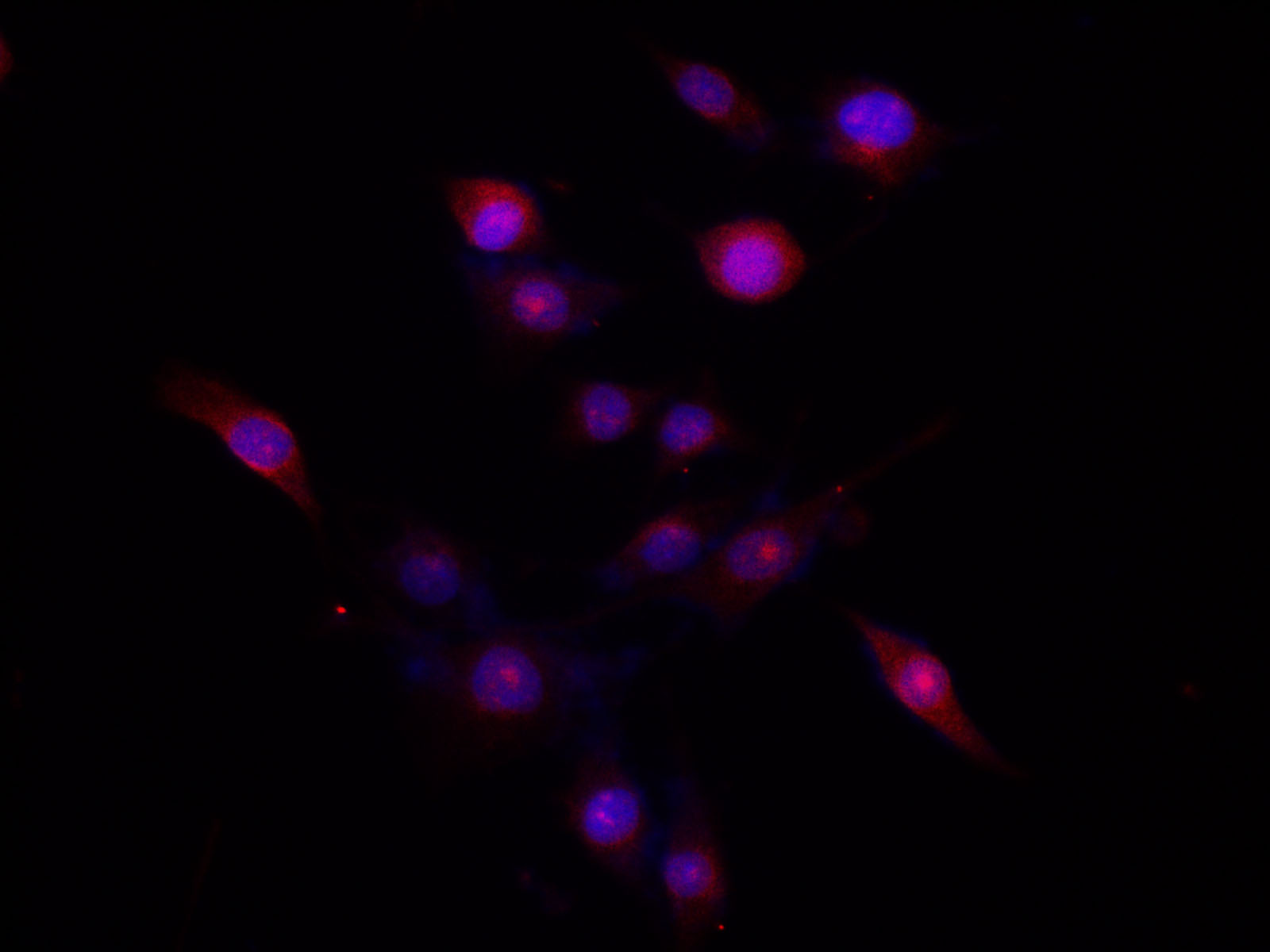GSTM1 Polyclonal Antibody
For reference only. Please follow the manual included in your kit for instructions.
Catalog Number
RD90733A
Product Name
GSTM1 Polyclonal Antibody
Catalog Number
RD90733A
Clonality
Polyclonal
Purification Method
Antigen affinity purification
Isotype
IgG
Host
Rabbit
Background
Cytosolic and membrane-bound forms of glutathione S-transferase are encoded by two distinct supergene families. At present,eight distinct classes of the soluble cytoplasmic mammalian glutathione S-transferases have been identified: alpha,kappa,mu,omega,pi,sigma,theta and zeta. This gene encodes a glutathione S-transferase that belongs to the mu class. The mu class of enzymes functions in the detoxification of electrophilic compounds,including carcinogens,therapeutic drugs,environmental toxins and products of oxidative stress,by conjugation with glutathione. The genes encoding the mu class of enzymes are organized in a gene cluster on chromosome 1p13.3 and are known to be highly polymorphic. These genetic variations can change an individual's susceptibility to carcinogens and toxins as well as affect the toxicity and efficacy of certain drugs. Null mutations of this class mu gene have been linked with an increase in a number of cancers,likely due to an increased susceptibility to environmental toxins and carcinogens. Multiple protein isoforms are encoded by transcript variants of this gene.
Immunogen Information
Immunogen
Recombinant Mouse GSTM1 protein expressed by E.coli
Swissprot
P10649
Synonyms
Glutathione S-transferase Mu 1EC:2.5.1.18GST 1-1GST class-mu 1Glutathione S-transferase GT8.7pmGT10Gstm1
Calculated MW
43kDa
Observed MW
50kDa
Applications
Reactivity
Human,Mouse,Rat
Tested Applications
WB,IHC,IF
Conjugation
Unconjugated
Dilution
WB 1:500-1:1000,IHC 1:300-1:600,IF 1:50-1:200
Concentration
1mg/mL
Storage Buffer
PBS with 0.02% sodium azide,50% glycerol pH 7.4
Storage Instructions
Store at -20°C Valid for 12 months. Avoid freeze / thaw cycles.



